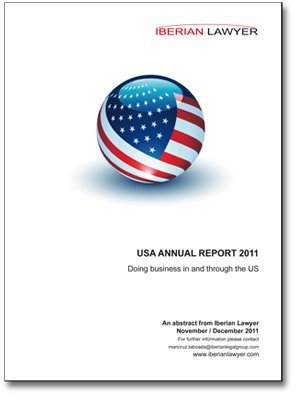Compliance: moving up the corporate ladder
Businesses increasingly recognise the importance of having robust corporate compliance structures but leadership must ultimately come from the top
Companies’ compliance needs are increasing, as are the regulatory, penal and civil liability repercussions for failure to adhere to regulation. But a tension can exist between who is best placed to manage companies’ needs, participants at a recent Iberian Lawyer In-House Club event in Miami heard.
The debate, entitled Why compliance? Structuring and managing the compliance function through changing times, was attended by a select group of 20 US and Latin American General Counsel, Heads of Legal and Heads of Compliance, and was hosted by the University of Miami Law School. The event was moderated by Antonio Vázquez, Vice-President and Chief Counsel of Kraft Foods Latin America.
Participants discussed the increasing challenges of organising and structuring a compliance function within cross-border companies, and the merits of taking a best practice approach to compliance issues across jurisdictions.
Michele DeStefano Beardslee, an Associate Professor of Law at the University of Miami, and co-Founder of the Law Without Walls programme, presented preliminary findings from her research on the organisational structure of the compliance departments of the biggest US companies, and the impact of recent US court decisions on corporate liability.
Among the most significant recent US judicial decisions is the Bridgestone case, but it is only one of a number of similar judgments currently ringing alarm bells across the business world, said participants.
This global tyre company – a Japanese and not US entity – was found guilty of violating US antitrust and Foreign Corrupt Practices Act (FCPA) rules. The case is controversial because despite the fact that the majority of cartel meetings and bribes occurred in Latin America, a former Bridgestone executive is now sitting in a US prison.
In light of such high stakes, participants unanimously acknowledged that compliance clearly matters, and that rigorous procedures need to be in place to ensure that institutional behaviour – intended or otherwise – is not leading businesses or their executives into danger.
But what is striking is that company’s legal and/or compliance departments have relatively few benchmarks to adhere to. There is no common approach to the way businesses structure their compliance needs.
A key issue, said many, was determining who even has responsibility for compliance issues within a business. Issues concerning employment are more readily delegated out to dedicated departments, than, competition and antitrust issues, for example.
In some, compliance is seen as an extension of the legal department’s function – keeping the business out of trouble – and falls under the General Counsel’s remit. For others, it is a distinct area of operation more concerned with corporate behaviour and ethical responsibility. The role is seen to require a more neutral approach, rather than merely defending the interests of the business.
Such a stance also brings into questions the extent of the liability of company managers and executives in the decision-making chain. How much of a defence, if at all, is the claim that they were “only following orders”? Who has ultimate responsibility, departmental, divisional or regional heads, or can liability extend all the way to the Chief Executive and company Board. If so what protections must be in place, what reporting structures need to be established, and what messages must be communicated by the business’ leaders?
In this respect, some participants suggested that compliance can be a moral question and the actions of employees may reflect a company’s own culture. But this may also be a positive characteristic, helping to instill a “zero tolerance” approach to bad behaviour.
The challenge ultimately, noted some, is that businesses have to find their own way. They must recognise the distinct roles that corporate culture and executive leadership play in guiding behaviour, but can also be influenced by business sector and geographic norms.
There is no “one size fits all” solution, participants concluded. Instead, companies must remain alive to the risks and responsibilities of doing business, wherever that may be.
Click here to read the article in Spanish












